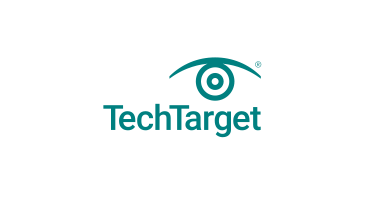What is cache thrash?
Cache thrash is a problem that occurs when ongoing computer activities are unable to progress due to an excessive use of resources or conflicts within the caching system. This issue prevents client processes from utilizing the caching system effectively and can result in the unnecessary eviction of useful data from the cache. Cache thrashing is commonly seen in parallel processing architectures where each central processing unit has its own local cache.
When a CPU cache is constantly updated with new data, it can lead to frequent cache misses or data evictions. Additionally, if the CPU attempts to access data larger than the cache size multiple times, the data may get pushed out of the cache even if it is needed. This situation, known as cache thrashing, forces the CPU to rely more on the slower main memory, impacting the processor’s overall performance and efficiency.
There are several factors that can cause cache thrashing, including inappropriate cache size, high contention, poor locality, and suboptimal cache replacement policies.
Cache serves as a temporary storage area designed for quick access to enhance system performance. However, excessive use of cache resources can result in cache thrash.
What happens during cache thrashing?
During cache thrashing, the computer will repeat similar actions in an attempt to complete a task, resulting in high CPU usage and a system that runs slowly. False sharing in the CPU cache line mechanism, where multiple CPUs work on variables stored on the same cache line, can lead to cache thrashing and impact system performance.
When cache thrashing occurs, one CPU process may divert resources from another process in a cycle of resource allocation, especially if there are insufficient resources available. This can result in inefficiency and long load times. Cache pollution, where the cache is filled with unnecessary data, is another common issue that can affect CPU speed and performance.
Cache thrashing and context switching
Cache thrash can sometimes be linked to context switching, which refers to the transition from one task to another during multitasking. Improving cache efficiency and avoiding cache thrash involves optimizing data structures and cache levels, as well as using cache coherency protocols to ensure data consistency in multicore systems.
By optimizing spatial and temporal locality, as well as utilizing techniques like cache coloring, flushing cache lines, and prefetching data, developers can reduce the occurrence of cache thrashing and improve overall system performance.
CPU manufacturers employ separate caching strategies, such as using separate L1 caches for instructions and data, to mitigate cache thrashing problems. By implementing CPU instructions for prefetching and managing data in caches, manufacturers can prevent issues like cache thrashing and pollution.




